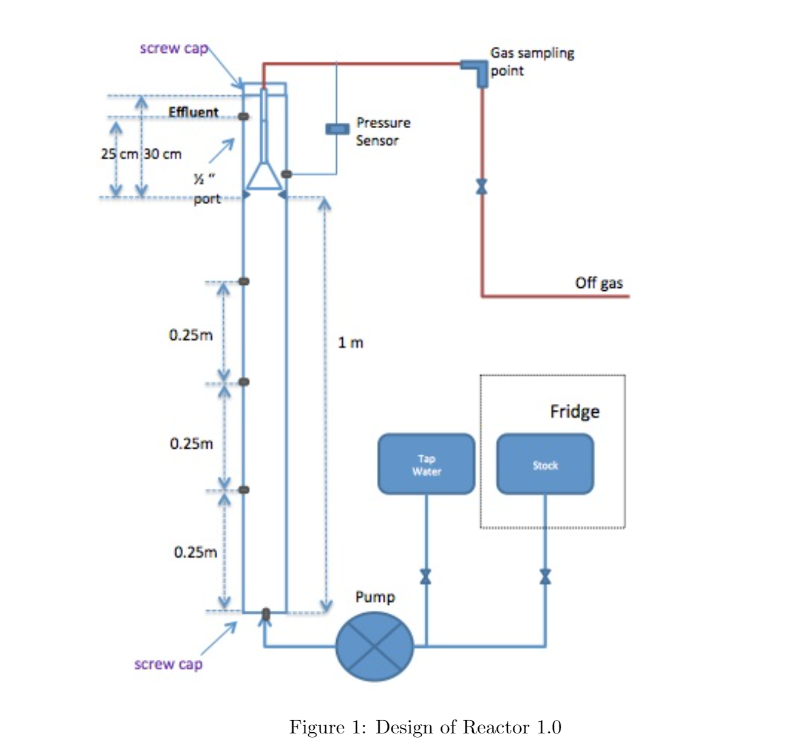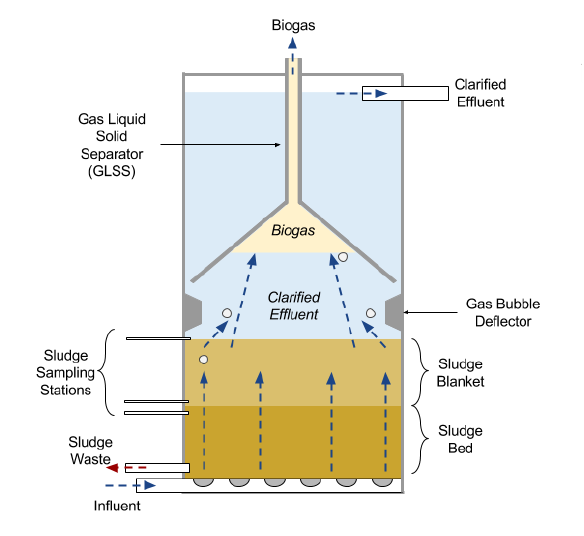Walker Grimshaw, Fanny Okaikue, Sushil Shanbhag
Abstract:
The summer 2013 wastewater treatment team was the first group in AguaClara to explore wastewater treatment for developing countries. The long term goal of the wastewater treatment research is to apply the governing concepts of AguaClara: Drinking Water to the sustainable treatment of wastewater. This involves small-scale treatment strategies that utilize minimal energy and treat water of greatly varying flow. The technology must be transparent and easily operable by an individual with minimal training. The research in the summer of 2013 attempted to initially design and construct multiple upflow anaerobic sludge blanket (UASB) reactors to better understand the operation of such an anaerobic technology. Additionally, anaerobic granules were studied for their makeup and metabolic processes. Throughout the summer, two reactors were constructed, one of which was modified for use with a support media, in this case sand. During operation, COD removal and gas production were monitored, both of which initially reached a high level before declining greatly until the reactors were abandoned. Each reactor was operational for approximately one month. Future research will work to improve treatment efficiencies and maintain a constant effluent quality through use of support media and further investigation of the metabolism of anaerobic bacteria involved in wastewater treatment.









